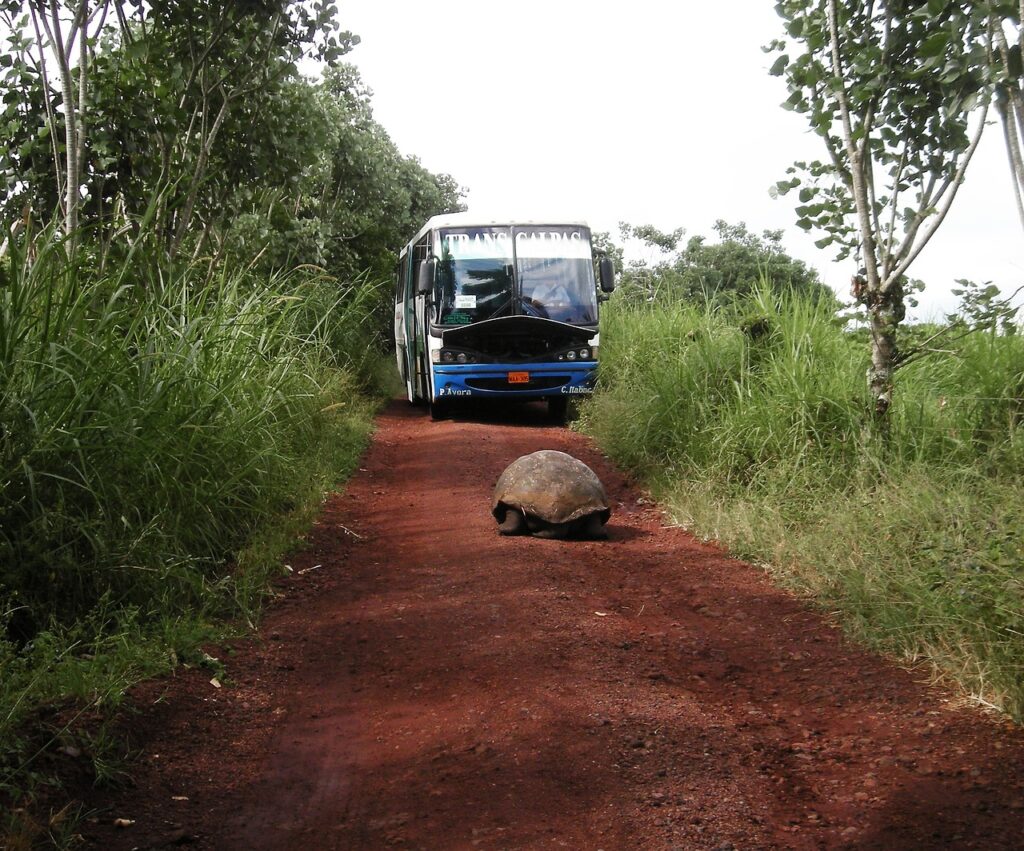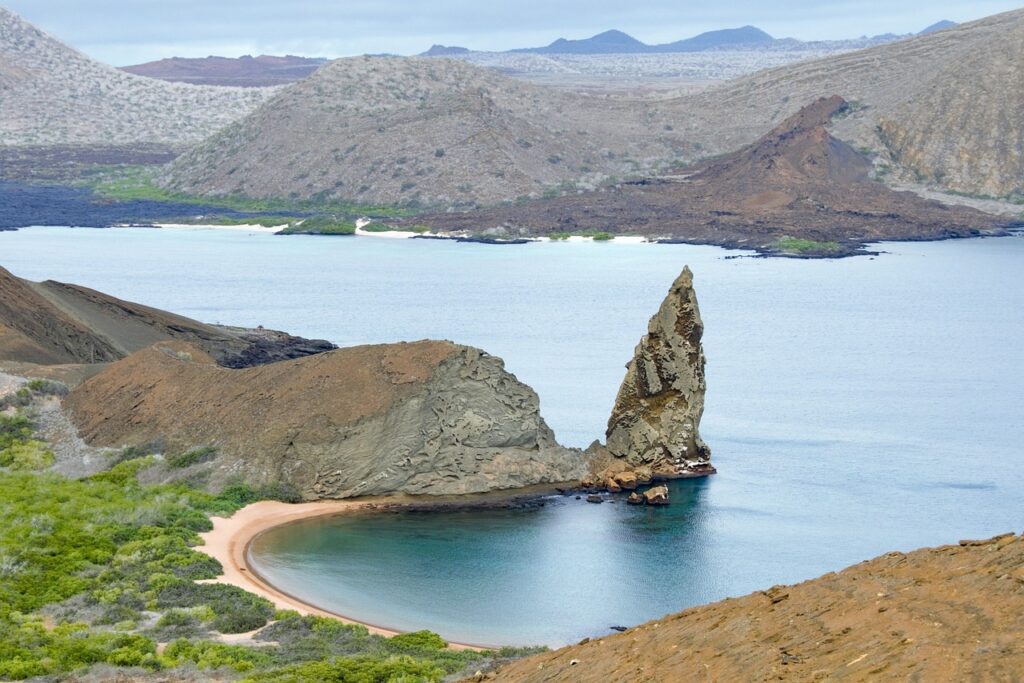The Galapagos Islands, including Bartolomé Galapagos Island, are a unique and beautiful ecosystem that have fascinated scientists and tourists for generations. However, with increased tourism and development, this delicate ecosystem is under threat. To help preserve the Galapagos and support the work of conservationists, many individuals choose to volunteer on the islands.
If you’re interested in volunteering in the Galapagos, this article will provide you with a guide on how to become a volunteer. You’ll learn about the different types of projects available, the requirements you’ll need to fulfill, and what you can expect from your experience. By volunteering on Bartolomé Galapagos Island or any other island in the archipelago, you can make a meaningful contribution to the conservation efforts of this unique and fragile ecosystem.
Responsibilities of Volunteers on Bartolomé Galapagos Island
As a volunteer on Bartolomé Galapagos Island or any other island in the archipelago, you have a responsibility to protect and preserve the unique wildlife and landscapes that make the Galapagos so special. Your tasks may include habitat restoration, data collection, or community outreach, all aimed at promoting conservation efforts in the area. It’s important to remember that as a volunteer, you are representing not only yourself but also the organization you are working with and the broader community of conservationists working to protect the Galapagos. By taking your responsibilities seriously and working hard to contribute to the conservation efforts, you can make a real difference in protecting the future of the Galapagos Islands.
Why Volunteer in the Galapagos?
Volunteering in the Galapagos provides a unique opportunity to make a difference in a beautiful and important ecosystem. Here are some of the benefits of volunteering:
- Learn about conservation: As a volunteer, you’ll learn about the conservation efforts taking place in the Galapagos and contribute to those efforts.
- Gain new skills: Volunteering can provide the opportunity to gain new skills in areas such as research, conservation, and community outreach.
- Meet new people: Volunteering is a great way to meet like-minded individuals who share your passion for conservation and the environment.
- Experience a new culture: Volunteering in the Galapagos will provide you with the opportunity to immerse yourself in a new culture and way of life.

Types of Volunteer Projects
There are a variety of volunteer projects available in the Galapagos. Here are some of the most common types of projects:
- Conservation: Volunteers can help with conservation efforts such as habitat restoration, monitoring endangered species, and eradicating invasive species.
- Research: Volunteers can assist with research projects such as bird banding, sea turtle monitoring, and marine biodiversity surveys.
- Education: Volunteers can work with local schools and communities to promote conservation and environmental awareness.
- Community outreach: Volunteers can work with local communities to promote sustainable tourism and provide information on conservation efforts.
Requirements for Volunteering
To volunteer in the Galapagos, you will need to meet certain requirements. These may include:
– Age: Some projects may have age restrictions, so be sure to check before applying.
– Physical fitness: Some projects may require physical activity such as hiking or working in hot and humid conditions.
– Language skills: Depending on the project, you may need to be fluent in Spanish or English.
– Background checks: Some projects may require a background check.
Tips for Preparing for Your Volunteer Experience
Preparing for your volunteer experience is essential to making the most of your time in the Galapagos. Here are some tips to help you prepare:
– Research the project: Be sure to research the project thoroughly before applying so that you know what to expect.
– Get in shape: If the project requires physical activity, start getting in shape before you go.
– Learn some Spanish: Knowing some basic Spanish can be helpful when working with local communities.
– Pack wisely: Pack clothing appropriate for the climate and bring any necessary gear for the project.
What to Expect During Your Volunteer Experience
Your volunteer experience in the Galapagos will depend on the project you choose. However, here are some common things you can expect during your volunteer experience:
– Living arrangements: Volunteers may stay in dorm-style accommodations or homestays with local families.
– Work schedule: Volunteers typically work 6-8 hours per day, with weekends off for exploring the islands.
– Project activities: Volunteers will participate in activities such as habitat restoration, data collection, and community outreach.
– Island exploration: During your free time, you can explore the islands and see the unique wildlife and landscapes that make the Galapagos so special.

FAQ
- What is the minimum age to volunteer in the Galapagos?
The minimum age varies by project, but some may require volunteers to be at least 18 years old. - Do I need any special skills to volunteer?
No special skills are required, but some projects may prefer individuals with experience in conservation, research, or education. - How long can I volunteer for?
Volunteer opportunities can range from a few weeks to several months, depending on the project. - Do I need to speak Spanish to volunteer?
It depends on the project, but some may require volunteers to be fluent in Spanish or at least have basic knowledge of the language. - Will I be provided with food and accommodations?
Yes, most volunteer projects provide food and accommodations for their volunteers.
Volunteering in the Galapagos is a unique and rewarding experience that allows you to make a difference in a beautiful and important ecosystem. By following the steps outlined in this guide, you can become a volunteer and contribute to conservation efforts in the Galapagos. Whether you choose to work on habitat restoration, research, education, or community outreach, your efforts will help protect the unique wildlife and landscapes that make the Galapagos Islands so special.”
